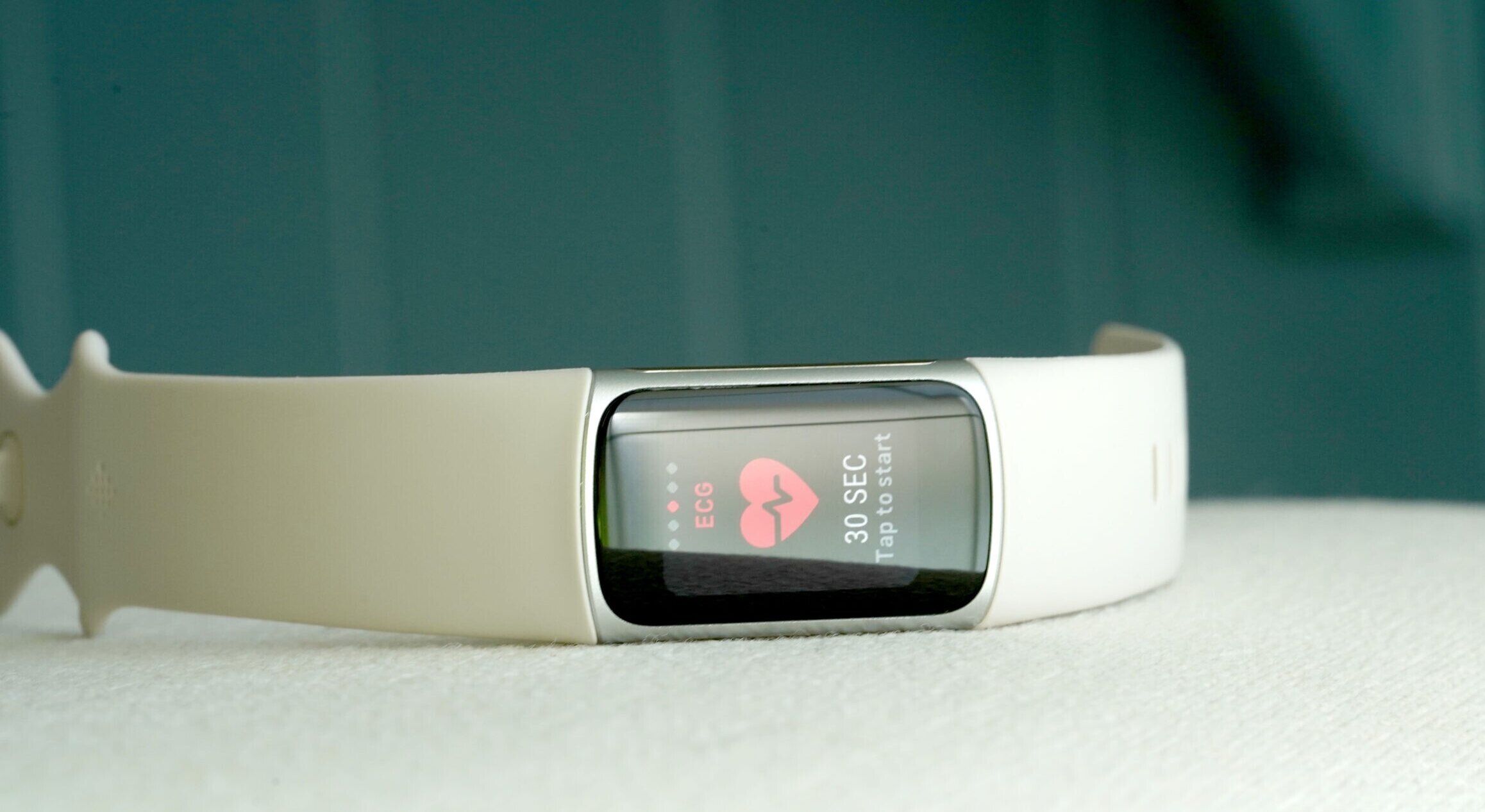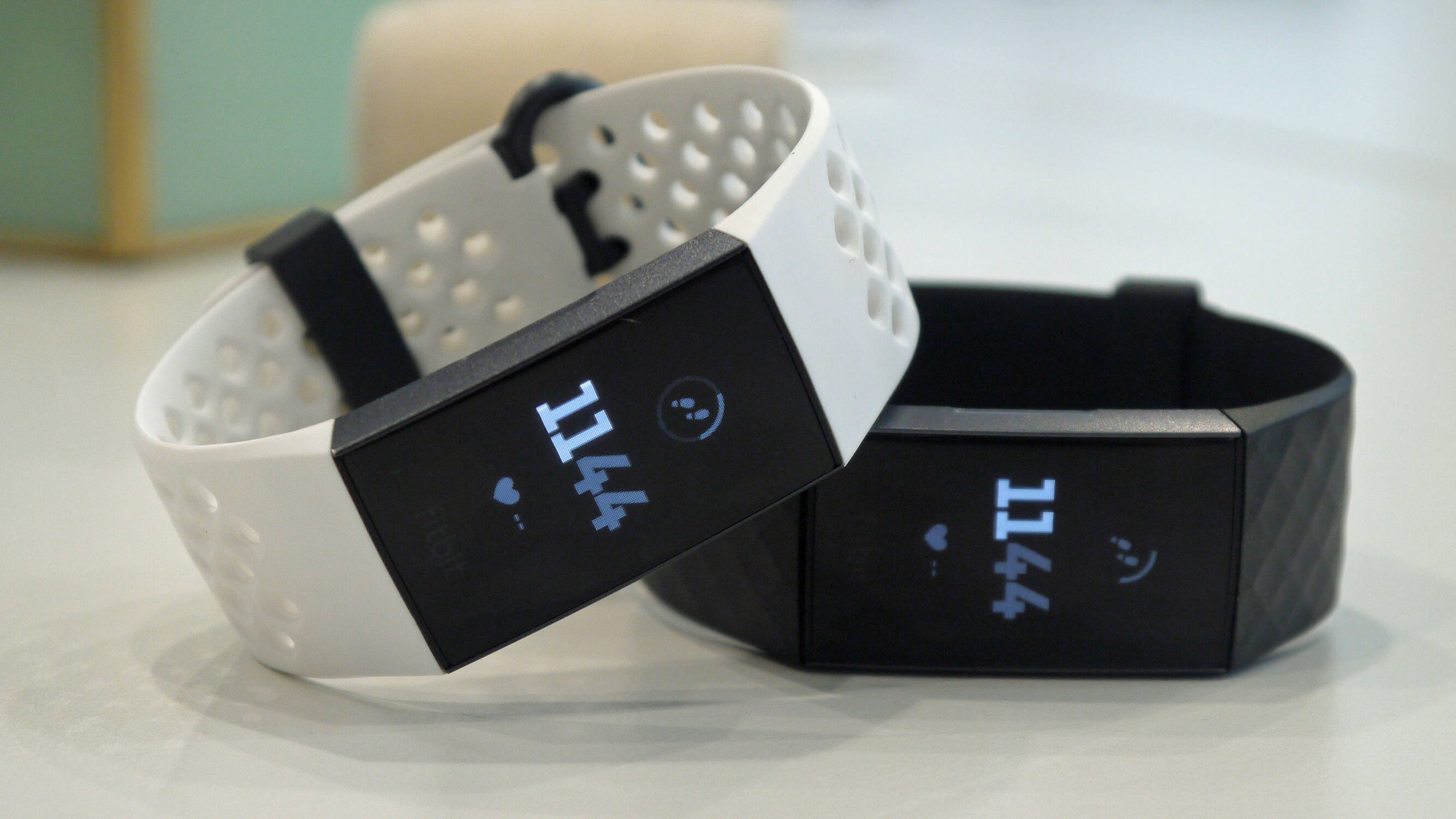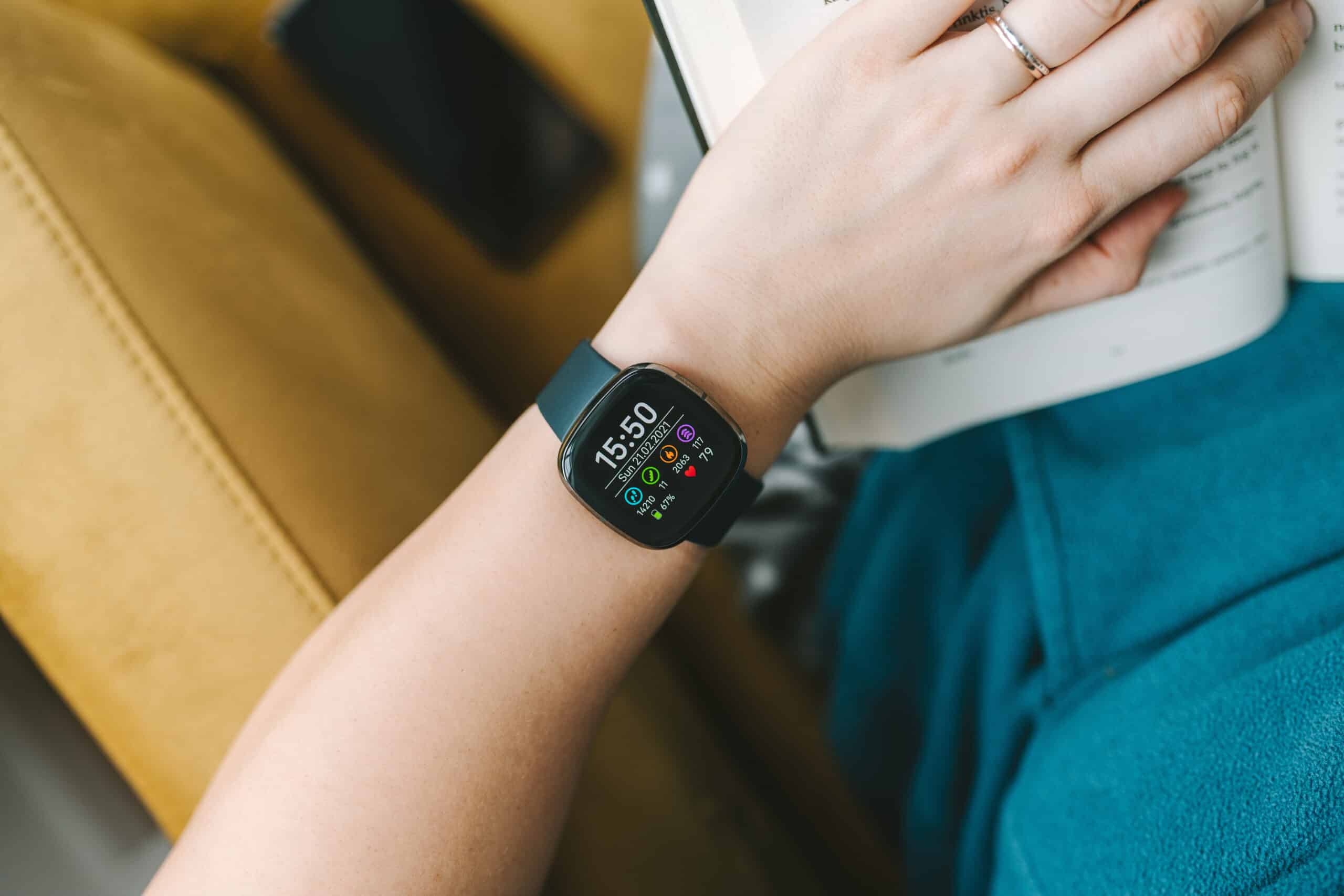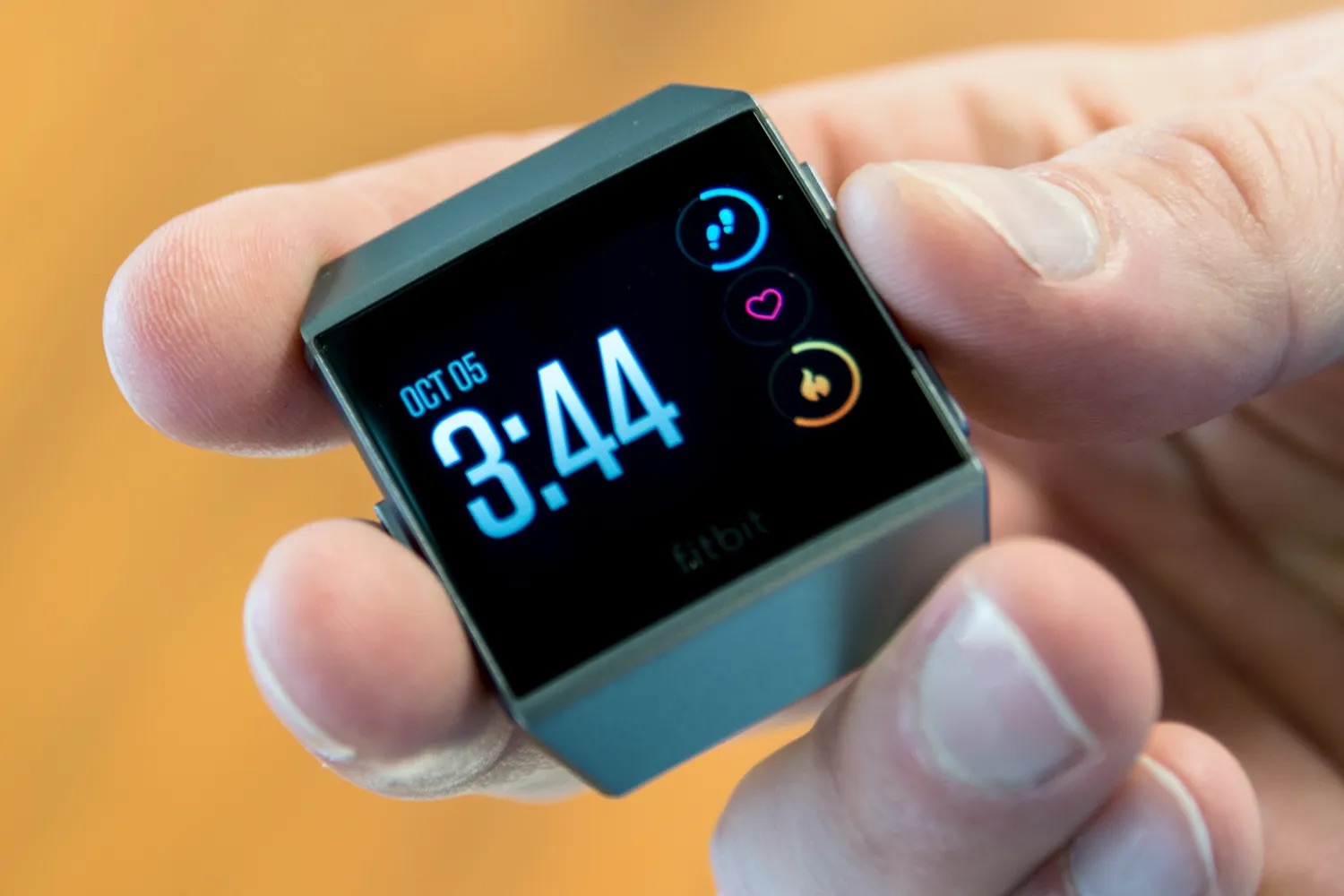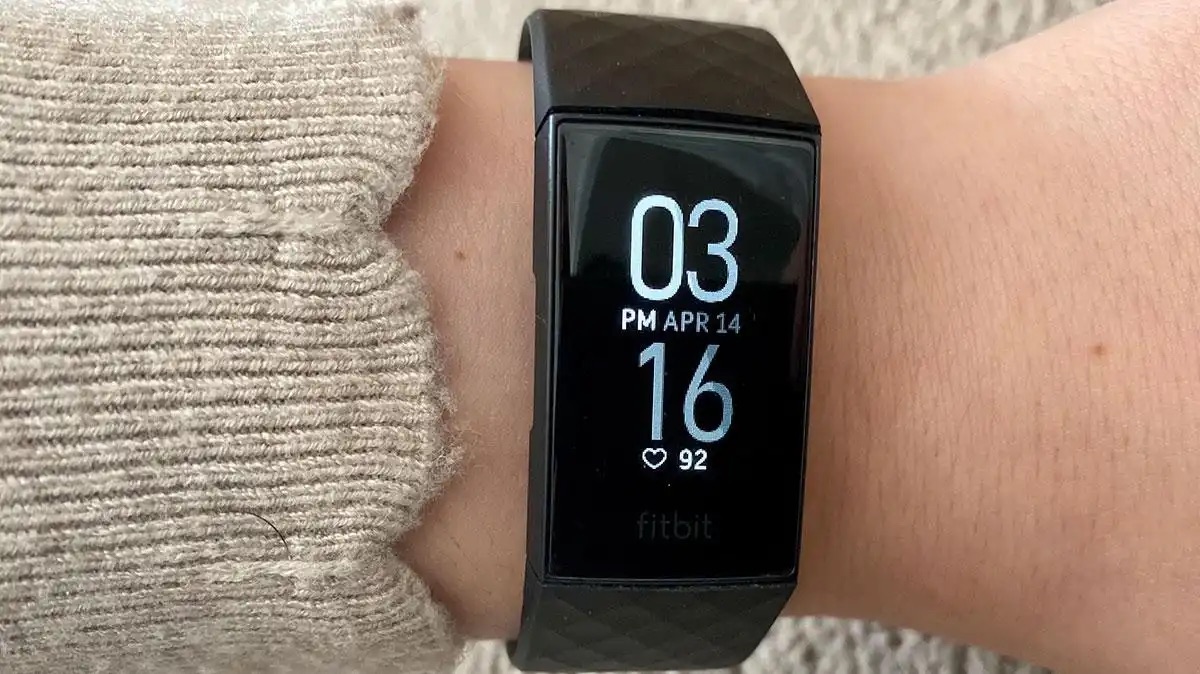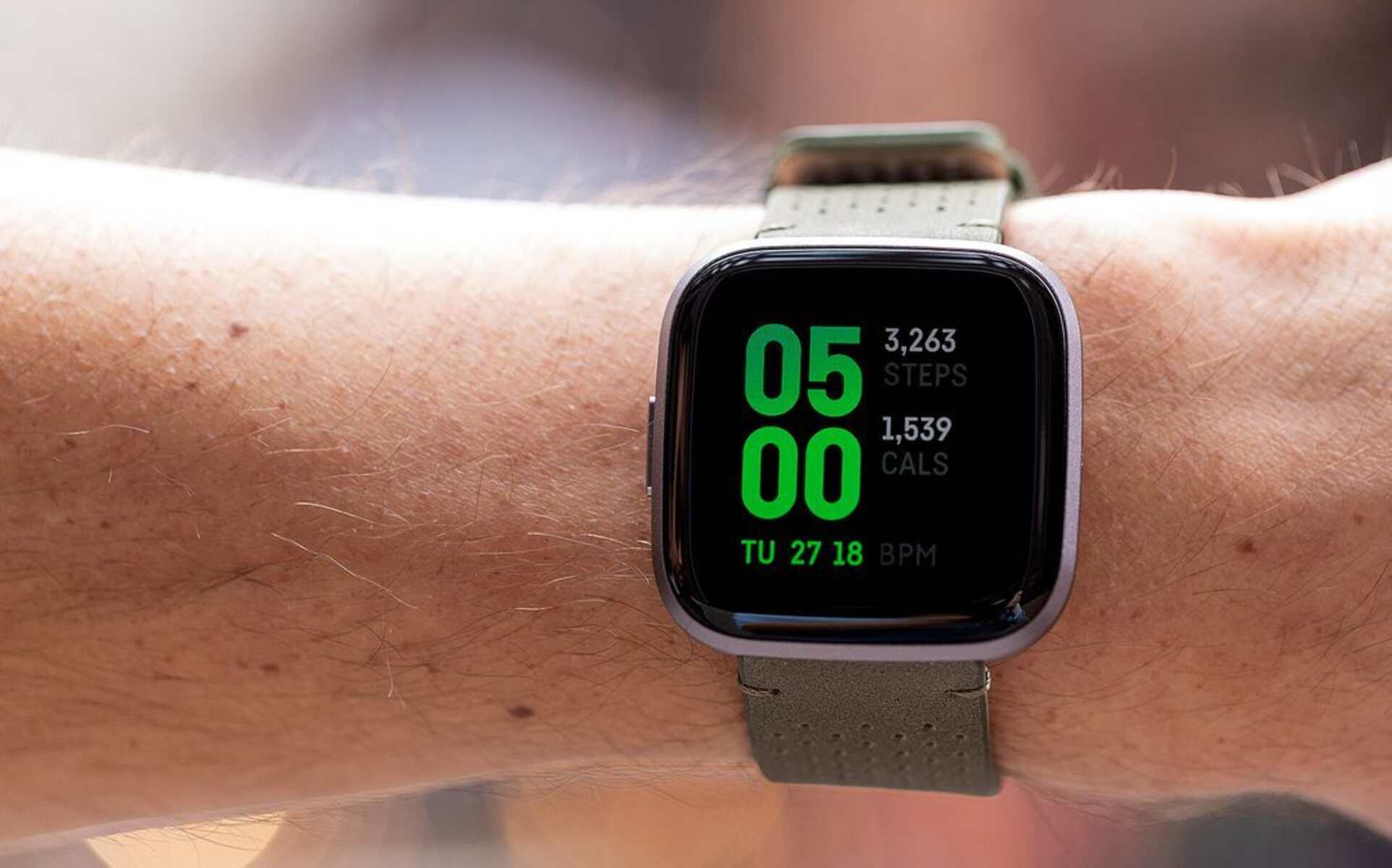Introduction
Wearable technology has revolutionized the way we monitor and manage our health and fitness. Among the myriad of options available, Fitbit has emerged as a leading brand, offering a range of devices designed to track activity, exercise, sleep, and more. However, despite its popularity, some users have encountered timekeeping issues with their Fitbit devices. These issues can be frustrating, as accurate timekeeping is a fundamental function of any wearable device.
In this article, we will delve into the common timekeeping problems experienced by Fitbit users and explore practical solutions to address these issues. Whether you're a long-time Fitbit enthusiast or considering purchasing your first device, understanding and resolving timekeeping concerns is essential for maximizing the benefits of your Fitbit experience.
Join us as we navigate through the intricacies of Fitbit's timekeeping challenges and discover effective strategies to ensure that your Fitbit device keeps time accurately and reliably. Let's dive into the world of wearables and unravel the mysteries of timekeeping with Fitbit.
Understanding Fitbit's Timekeeping Issues
Fitbit devices are renowned for their multifunctional capabilities, including step tracking, heart rate monitoring, sleep analysis, and more. However, despite their advanced features, Fitbit devices have been reported to encounter timekeeping issues that can disrupt the overall user experience.
One of the primary timekeeping issues experienced by Fitbit users is inaccurate time synchronization. This problem manifests in various forms, such as the device displaying the incorrect time, failing to update to the correct time zone, or experiencing delays in time adjustments. These discrepancies can lead to confusion and inconvenience, especially for individuals who rely on their Fitbit devices for precise timekeeping during workouts, daily activities, and sleep tracking.
Furthermore, some users have encountered challenges with automatic time adjustments, particularly when transitioning between different time zones. Fitbit devices are designed to automatically update the time based on the user's location, ensuring seamless transitions during travel. However, instances of time discrepancies and delays in time zone updates have been reported, causing frustration and undermining the reliability of the devices.
Another notable timekeeping issue involves irregular time drift, where the device's internal clock gradually deviates from the accurate time over a period. This phenomenon can result in discrepancies between the displayed time and the actual time, leading to confusion and inconvenience for users who rely on precise timekeeping for scheduling activities and tracking their daily routines.
Moreover, intermittent synchronization failures with the Fitbit mobile app or web interface can exacerbate timekeeping issues. When the device fails to synchronize with the app or web platform, it may hinder the automatic updating of time settings, perpetuating time discrepancies and undermining the overall functionality of the device.
Understanding these timekeeping issues is crucial for Fitbit users seeking to optimize their experience with the devices. By gaining insights into the nature of these challenges, users can proactively implement effective strategies to mitigate timekeeping discrepancies and ensure the reliable performance of their Fitbit devices. In the following sections, we will explore common problems with Fitbit timekeeping and provide practical solutions to address these issues, empowering users to maximize the utility and accuracy of their Fitbit devices.
Common Problems with Fitbit Timekeeping
Fitbit users have encountered several recurring issues related to timekeeping, which can significantly impact the functionality and reliability of their devices. It is essential to acknowledge these common problems to effectively address and resolve them. Here are the prevalent timekeeping issues reported by Fitbit users:
-
Inaccurate Time Display: One of the most prevalent issues involves Fitbit devices displaying incorrect times. This discrepancy can arise due to synchronization errors, software glitches, or hardware malfunctions, leading to confusion and inconvenience for users who rely on accurate timekeeping throughout their day.
-
Time Zone Updates: Fitbit devices are designed to automatically adjust to the correct time zone based on the user's location. However, users have reported instances where the devices fail to update to the accurate time zone, causing disruptions during travel or when transitioning between different regions.
-
Irregular Time Drift: Some users have experienced their Fitbit devices exhibiting irregular time drift, where the internal clock gradually deviates from the precise time. This discrepancy can lead to confusion and hinder the device's reliability for time-sensitive activities and scheduling.
-
Synchronization Failures: Intermittent synchronization failures between Fitbit devices and the accompanying mobile app or web interface can impede the automatic updating of time settings. This can perpetuate time discrepancies and hinder the seamless functionality of the devices.
-
Daylight Saving Time Errors: Fitbit devices should seamlessly adjust to daylight saving time changes, ensuring that the displayed time accurately reflects the shifts. However, users have reported instances where the devices fail to update correctly, leading to confusion and inconvenience during these transitions.
-
Battery-Related Timekeeping Issues: In some cases, timekeeping discrepancies have been linked to battery-related issues, such as low battery levels affecting the device's ability to maintain accurate time. This can lead to time drift and synchronization failures, impacting the overall user experience.
Understanding these common problems with Fitbit timekeeping is crucial for users seeking to address and resolve these issues effectively. By recognizing the nature of these challenges, users can implement practical solutions to ensure accurate timekeeping and maximize the utility of their Fitbit devices.
Solutions for Addressing Fitbit's Timekeeping Issues
Addressing Fitbit's timekeeping issues requires a proactive approach to mitigate the common problems encountered by users. By implementing practical solutions, individuals can optimize the accuracy and reliability of their Fitbit devices, ensuring seamless timekeeping functionality. Here are effective strategies to address Fitbit's timekeeping issues:
-
Manual Time Adjustment: In cases where Fitbit devices display incorrect times or fail to update to the accurate time zone, users can manually adjust the time settings on their devices. By accessing the device settings and manually inputting the correct time and time zone, users can override synchronization errors and ensure that the displayed time aligns with their actual location.
-
Software Updates: Regularly updating the firmware and software of Fitbit devices can address timekeeping discrepancies by resolving underlying software glitches and bugs. By ensuring that the devices are running the latest software versions, users can benefit from improved time synchronization and enhanced timekeeping accuracy.
-
Sync Troubleshooting: When encountering synchronization failures between Fitbit devices and the associated mobile app or web interface, users can troubleshoot the synchronization process. This may involve restarting the device, ensuring Bluetooth connectivity is stable, and refreshing the synchronization process within the app or web platform. By addressing synchronization issues, users can facilitate the automatic updating of time settings and mitigate time discrepancies.
-
Time Zone Verification: Prior to traveling or when transitioning between different time zones, users can verify and manually adjust the time zone settings on their Fitbit devices. By confirming the correct time zone and making manual adjustments as needed, users can preemptively prevent time zone update errors and ensure that the devices accurately reflect their current location.
-
Battery Maintenance: Maintaining optimal battery levels in Fitbit devices is essential for reliable timekeeping. Users can monitor and manage the battery life of their devices, ensuring that low battery levels do not impact time synchronization and lead to time drift. Regularly charging the devices and replacing old batteries can mitigate timekeeping issues associated with low power levels.
-
Daylight Saving Time Awareness: During daylight saving time transitions, users should be aware of the devices' automatic time adjustment processes. Verifying that the devices correctly update to reflect the time shifts can prevent confusion and ensure that the displayed time aligns with the updated schedule.
By implementing these practical solutions, Fitbit users can effectively address timekeeping issues and optimize the accuracy and reliability of their devices. Proactive maintenance, manual adjustments, and software management are key elements in ensuring seamless timekeeping functionality, empowering users to fully leverage the benefits of their Fitbit devices.
Conclusion
In conclusion, addressing Fitbit's timekeeping issues is essential for ensuring the optimal functionality and reliability of these popular wearable devices. By understanding the common problems associated with timekeeping, users can proactively implement practical solutions to mitigate discrepancies and enhance the accuracy of their Fitbit devices.
The prevalence of timekeeping issues, including inaccurate time display, irregular time drift, synchronization failures, and time zone updates, underscores the importance of proactive maintenance and awareness among Fitbit users. Manual time adjustments, software updates, sync troubleshooting, and time zone verification emerge as effective strategies for addressing these challenges. Additionally, maintaining optimal battery levels and staying vigilant during daylight saving time transitions are crucial for preserving accurate timekeeping functionality.
As technology continues to evolve, Fitbit remains at the forefront of wearable innovation, offering users valuable insights into their health and fitness metrics. However, the seamless integration of advanced features must be complemented by reliable timekeeping to ensure a comprehensive user experience.
Ultimately, by taking proactive measures to address timekeeping issues, Fitbit users can maximize the utility and accuracy of their devices, empowering them to pursue their health and fitness goals with confidence and precision. With a proactive mindset and a thorough understanding of timekeeping challenges, users can harness the full potential of their Fitbit devices, seamlessly integrating them into their daily routines and activities.
In the dynamic landscape of wearable technology, addressing timekeeping issues is a testament to the commitment of Fitbit users to harness the full potential of their devices. By leveraging practical solutions and staying attuned to the evolving features of Fitbit devices, users can embark on their wellness journeys with the assurance of reliable timekeeping and seamless functionality.
In essence, the journey of addressing Fitbit's timekeeping issues is a testament to the dedication of users to maximize the benefits of wearable technology, fostering a harmonious blend of innovation, accuracy, and user-centric design. As Fitbit continues to inspire individuals to lead healthier lives, addressing timekeeping challenges serves as a testament to the unwavering commitment to excellence and user satisfaction.
By embracing the proactive strategies outlined in this article, Fitbit users can navigate the complexities of timekeeping with confidence, unlocking the full potential of their devices and embracing a seamless, reliable, and accurate experience.









